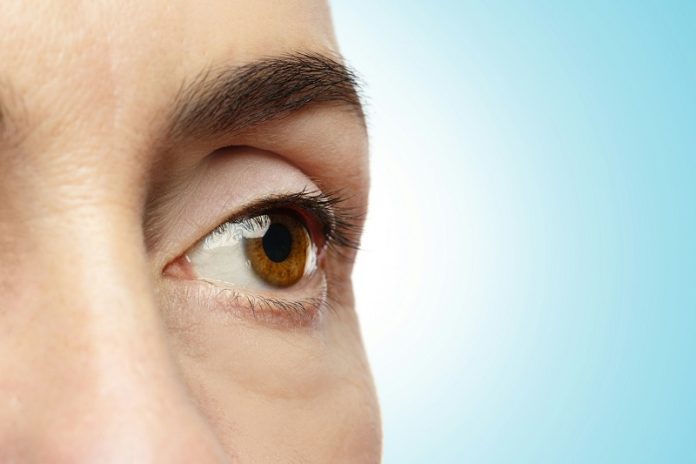
Two large studies from the University of Southern Denmark (SDU) reveal that the diabetes drug Ozempic may double the risk of a rare but serious eye condition called NAION (non-arteritic anterior ischemic optic neuropathy).
NAION damages the optic nerve due to a sudden loss of blood flow, potentially causing permanent vision loss.
These findings highlight the need for patients and doctors to carefully weigh the risks and benefits of this treatment.
Ozempic, a medication used to treat type 2 diabetes, has been prescribed to over 100,000 people in Denmark alone. Earlier this year, an American study raised concerns about its potential link to NAION.
The new SDU studies, which analyzed data from Denmark and Norway, confirm these concerns using detailed health records. The researchers examined all 424,152 Danes with type 2 diabetes and compared those taking Ozempic with those using other diabetes treatments.
According to Professor Jakob Grauslund, an eye specialist at SDU and Odense University Hospital, Ozempic has been associated with a doubling of NAION cases. “Before Ozempic was introduced in 2018, Denmark had 60 to 70 NAION cases annually.
Now we’re seeing up to 150 cases per year, with more cases involving patients with type 2 diabetes,” says Grauslund.
The SDU studies used two independent approaches to confirm the findings.
- Professor Grauslund’s study: This research divided patients into two groups—those using Ozempic and those on other treatments—and accounted for factors like age, gender, and blood sugar levels. The analysis showed a clear link between Ozempic use and an increased risk of NAION.
- Professor Anton Pottegård’s study: Pottegård’s team focused on new users of Ozempic and compared them with new users of other diabetes medications. By collaborating with the Norwegian Institute of Public Health, they ensured a direct and fair comparison. Their findings were consistent with Grauslund’s, showing a doubling of NAION risk in Ozempic users.
While the findings are concerning, NAION is extremely rare. The majority of people taking Ozempic will not experience this side effect. Professor Pottegård explains, “This is a serious but very rare side effect. It’s similar to rare risks associated with many other medications that are still widely used.”
Diabetes itself can lead to various eye complications if left untreated, so it’s important for patients to continue managing their condition. The researchers do not recommend stopping Ozempic without consulting a doctor. However, they advise that Ozempic treatment should be discontinued if NAION is detected in one eye to prevent further damage.
Professor Kurt Højlund, a diabetes specialist at SDU and co-author of the study, suggests considering other diabetes medications that protect against kidney and heart disease.
“New guidelines introduced in November emphasize the importance of choosing treatments based on individual patient needs,” he says. Patients who are concerned about the small increased risk of vision loss may want to discuss alternative treatments with their doctor.
Danish and international health authorities have been informed of the findings, and NAION is now being closely monitored as a potential side effect of semaglutide, the active ingredient in Ozempic.
The new data will help guide their ongoing safety assessments.
If you are taking Ozempic for type 2 diabetes, this research doesn’t mean you should stop your treatment immediately.
The overall risk of developing NAION remains low, but it’s essential to stay informed and consult your doctor about any concerns. Together, you can decide on the best course of treatment for your health.
If you care about diabetes, please read studies that not all whole grain foods could benefit people with type 2 diabetes, and green tea could help reduce death risk in type 2 diabetes.
For more information about health, please see recent studies about unhealthy plant-based diets linked to metabolic syndrome, and results showing Mediterranean diet could help reduce the diabetes risk by one third.









Leave a Comment